THE U.S. Army Criminal Investigation Command trains its agents extensively at the U.S. Army Military Police School at Fort Leonard Wood, Mo.
CID agents complete law, testimonial evidence, drug operations, family advocacy, and forensics courses during their training, Marine Master Sgt. Shane Reichenberg, noncommissioned officer-in-charge of the Military Police Investigation Division, explained.
The school is a joint facility, training representatives from all four services, said Chief Warrant Officer 4 Ronald Meyer, former chief of the forensics-training branch. 'We can provide standardized training across the entire spectrum. It's pretty interesting.'
Some of the most intense training occurs during the forensic and testimonial evidence blocks, which comprise both classroom lectures and hands-on training in mock crime scenes.
Testimonial evidence training can be difficult because it is more of an art form than an exact science, Chief Warrant Officer 3 Barry Young, branch chief, said. Students role-play, one taking on the position of the investigator, the other, suspect, and practice interrogation techniques.
The instructors provide guidance and mentorship, teaching students the ins and outs of conducting a suspect interview, and guiding them through the questioning process. One of the more difficult things to teach students is how to get people to talk.
Some of the processes are difficult to master, Young said, so that's one hurdle the students have to overcome.
'The only way to understand this job is to do it,' Young said, adding that you have to be a people-person.
Forensics is the bulk of the training administrated at the school, according to Staff Sgt. Aaron Carter, Advanced Crime Scenes Investigative Techniques Course instructor.
'We have the Military Police Investigators Course, the CID Special Agent Course-those are the basic courses that we have come through this facility,' Carter explained.
'When it's time for them to train on any kind of criminalistics, hands-on training, they come to this facility. We also have the Warrant Officer Basic and Advanced courses for CID agents, (as well as) the Advanced Crime Scenes Investigative Techniques course.'
'In this training facility here we have 60 mock-crime-scene rooms, which is pretty neat,' Meyer said. It allows us to train 60 students at a time to a specific standard.'
The students learn how to process crime scenes, identify, collect and preserve evidence, and how to conduct death investigations, Meyer said. Twenty to 30 percent of what other law enforcement agencies teach in their advanced courses, CID teaches in its Basic Course.
When students learn how to process a crime scene in the Basic Course, they are taught a detailed list of things to check and given eight hours to process a mock scene, which is staged with fake evidence such as guns, liquor bottles and 'bodies.'
'A year from now, if they went to court, they could literally reconstruct this room based off their photographs, their measurements and all their notes,' Reichenberg said of the detail involved in the training.
Photography is extremely important as a crime scene technician, Carter said, because much of the documentation for a crime is photographic. Both the Advanced and the Basic courses focus on honing photography skills.
'The first two and a half days (of the advanced class) are photography,' Carter said. 'Understanding the concepts and applications of photography, the camera, the equipment that we have...the most important thing that an agent or an investigator needs to understand is how to use their camera.'
In the advanced crime scene class, students also practice crime scene processing outside. They learn how to take casts of impressions in the ground, from boots or tires and the like; how to process shallow graves, how to process scattered remains, and how to analyze blood-spatter patterns.
'We're very, very thorough and that's one of the things we're renowned for: how thorough and accurate we are in our crime scene processing,' Carter said.
'My goal for them is to understand the basics of what weth teach them and to do a good job at the basics,' he added. These 'basics' are the platform for criminalistics, and every investigator needs a good foundation before he can excel, Carter explained.
The interrogation and forensics training is so detailed, one CID special agent would be able to operate in any environment independently, Meyer said.
'I know of no other training institution in the United States at the federal or state level that has the training capabilities that we have...and I've seen many of them,' he said. 'We train great students and agents.'
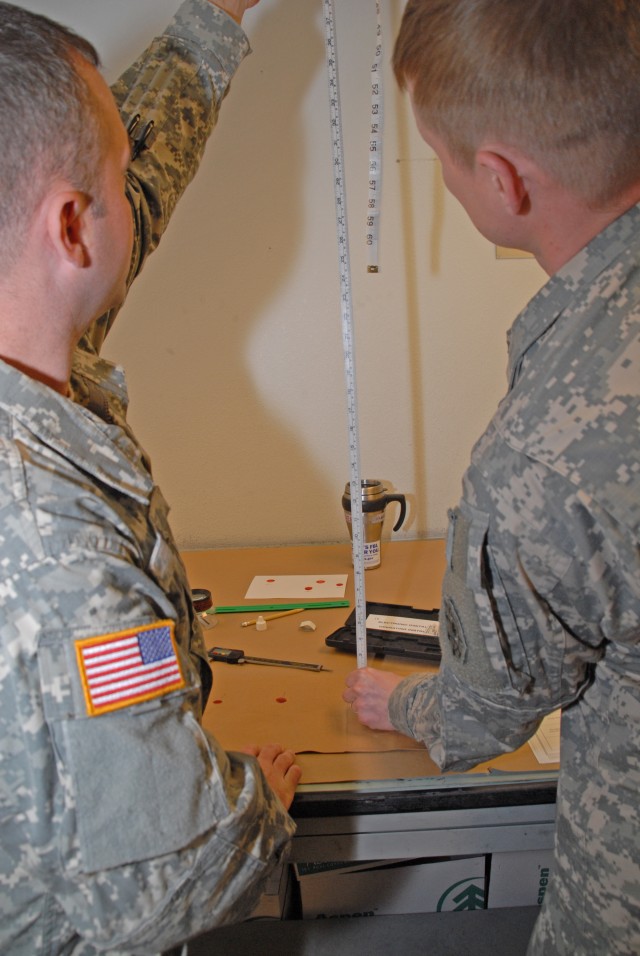
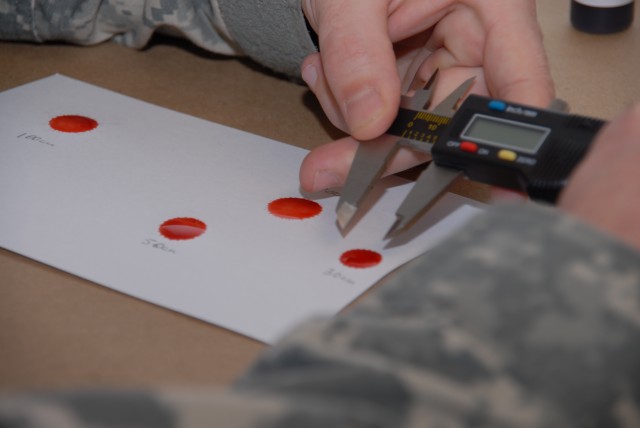
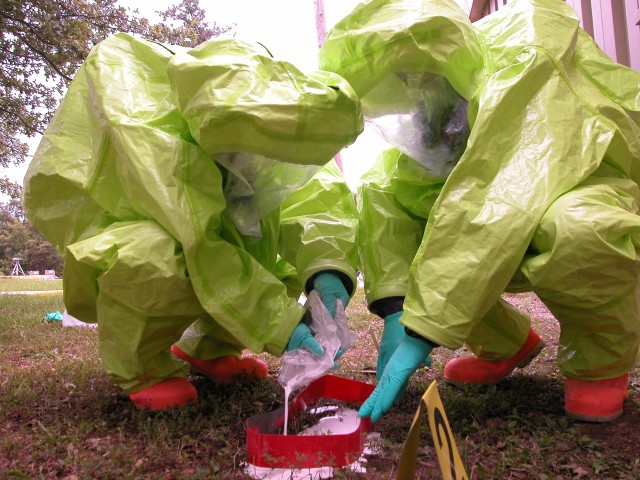
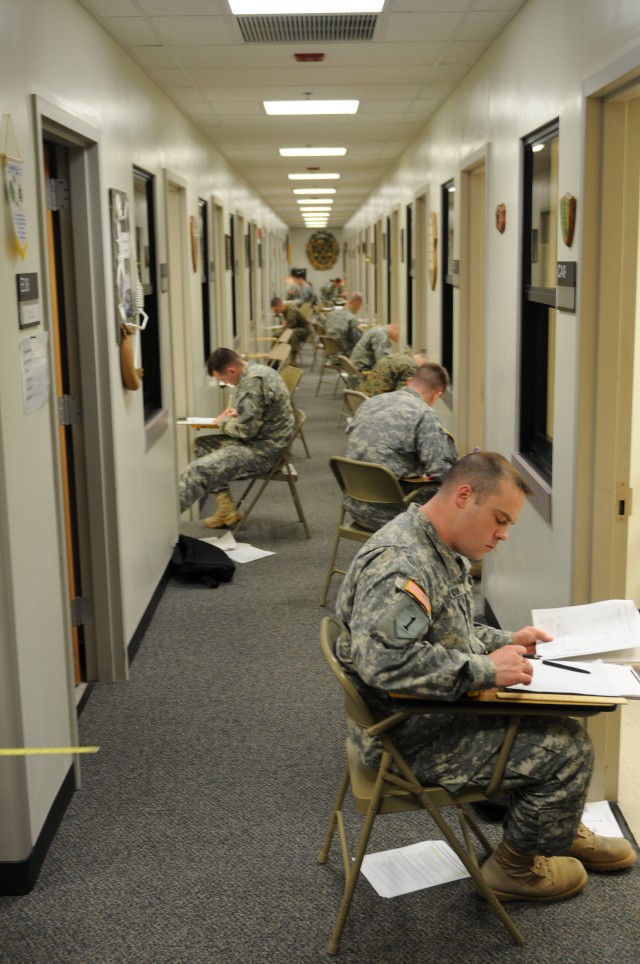

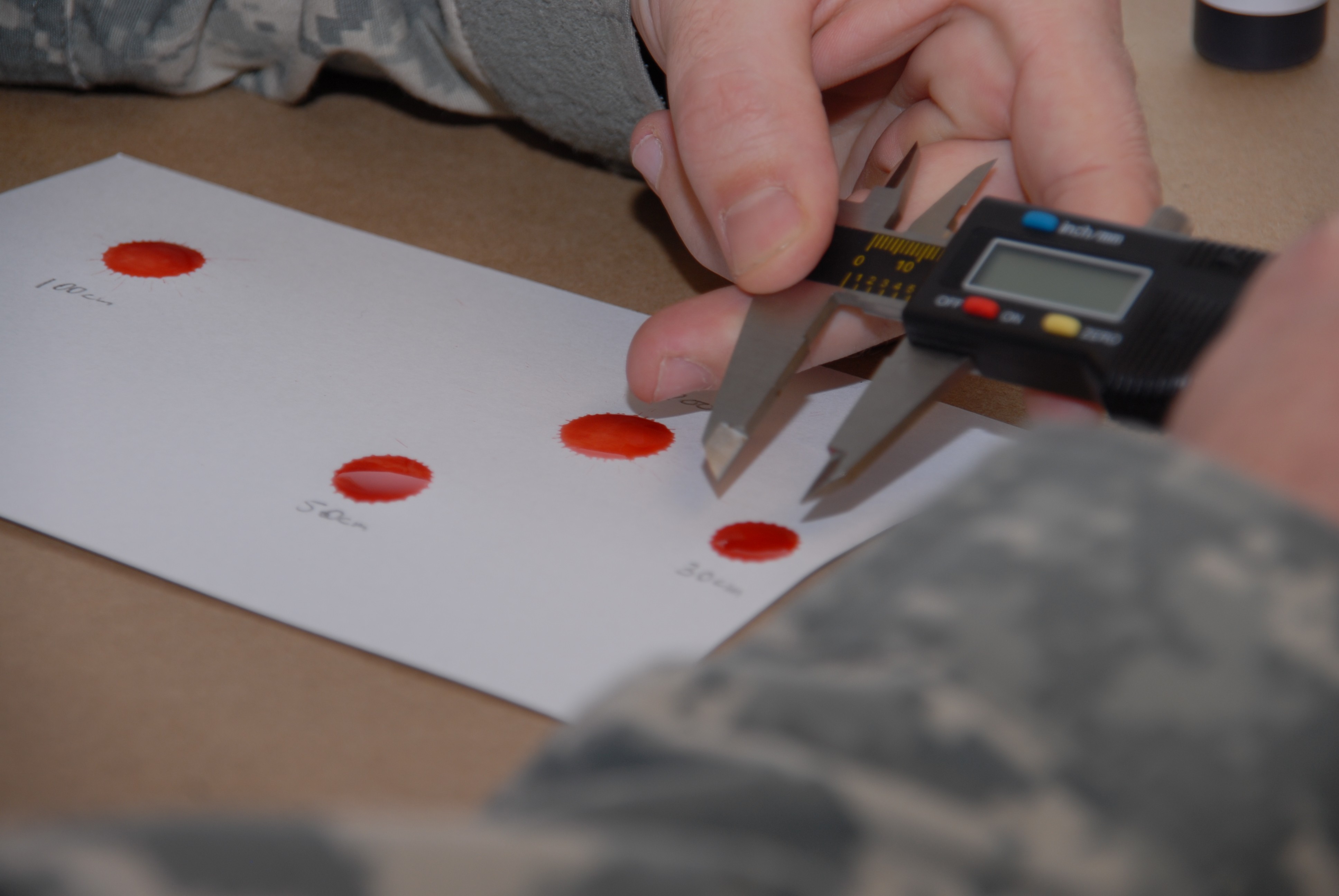
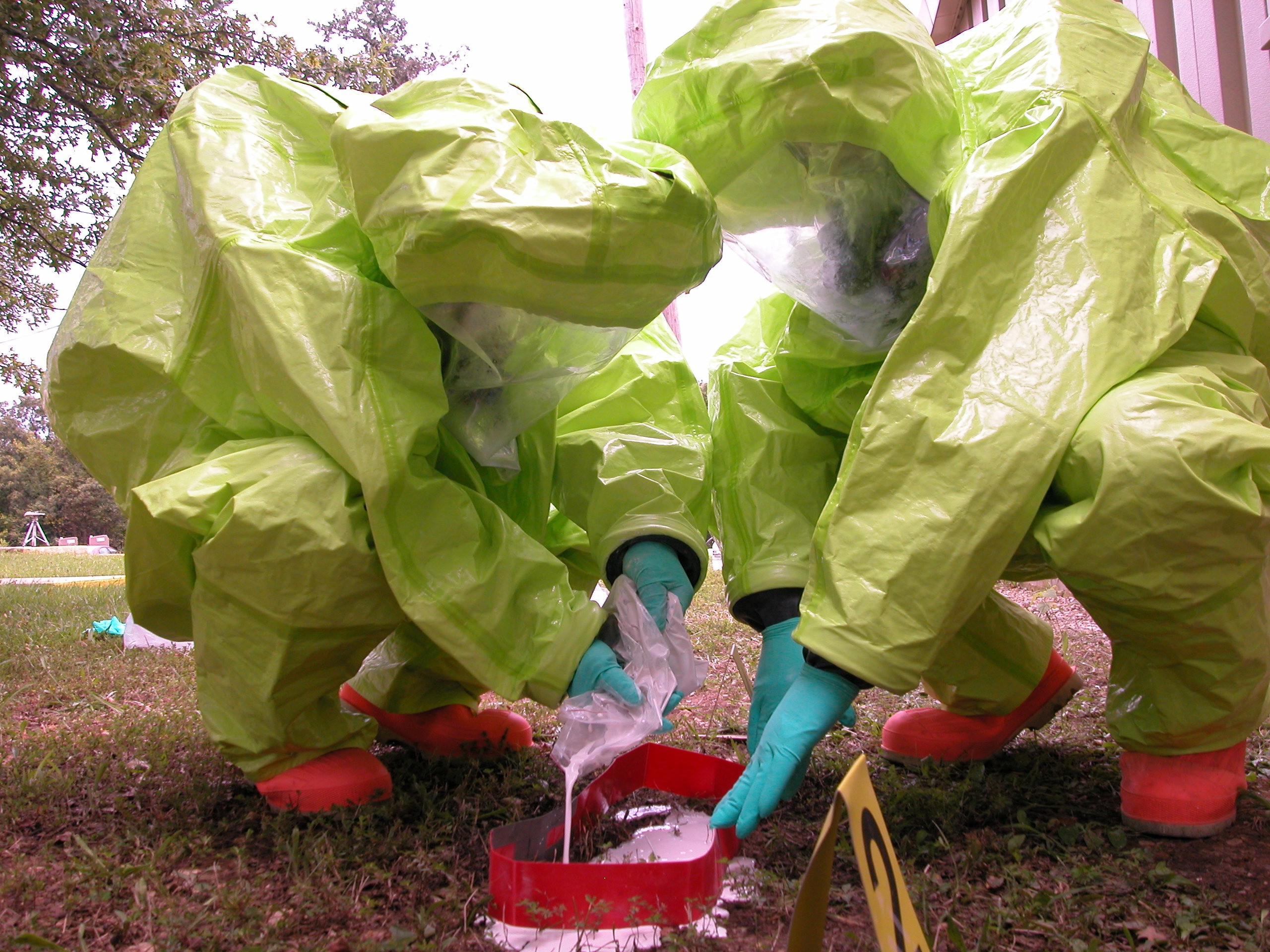

Social Sharing